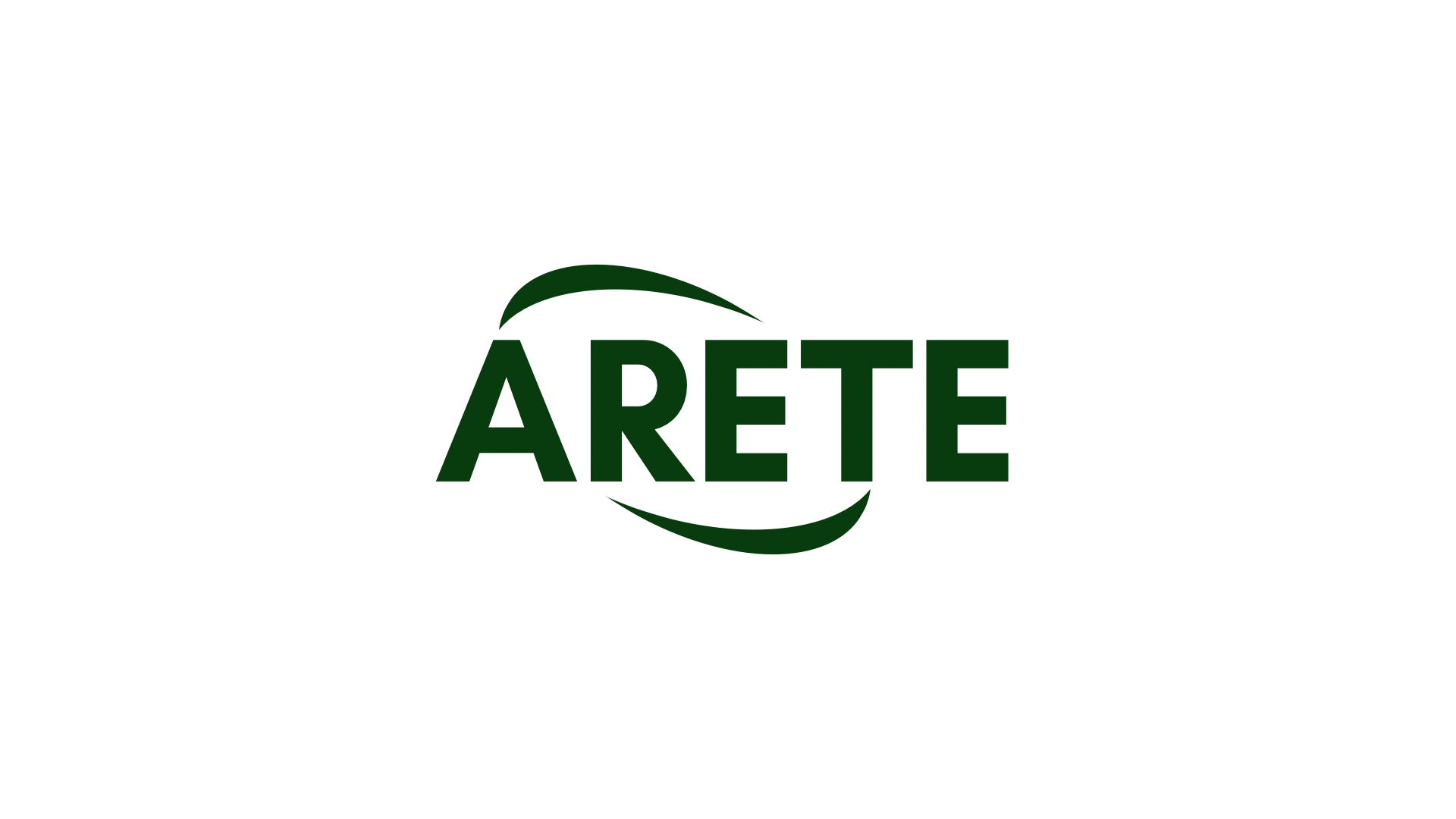“Blockchain revolution: unlock the cryptocurrency and beyond”
The world of cryptocurrency has traveled a long way since its creation in 2009. From Bitcoin to Ethereum, Litecoin in Dogecoin, the landscape is constantly evolving with new projects emerging daily. A key aspect that drives the growth of cryptocurrencies is mining – the process of verification of transactions and creating new digital currency units.
What is mining?
Mining is a crucial part of the blockchain ecosystem. When a user wishes to send a cryptocurrency to another user, he must first “mine” for this. This implies solving complex mathematical problems using powerful computers (mining platforms) which require significant calculation power. The solution to these problems is then verified by nodes on the network, and once accepted, it is combined with other transactions in a block.
Tokenomics: Understand the fundamentals
Tokenomics refers to the study of how tokens are created, distributed and used in a blockchain -based system. Tokenomics provides valuable information on the cryptocurrency economy, including the value of each token, its supply and the rules governing its use.
Here is an example of how tokenomics can apply to Ethereum:
- Takes offer:
Ethereum has a total offer of 21 million tokens.
- Total stock market cup: In March 2023, the total market capitalization of all assets linked to Ethereum is around 800 billion dollars.
- Distribution of tokens: The biggest holders of Ethereum are investors and institutional whales, while individual users hold smaller amounts.
Regulation: balance innovation with risk
The regulatory landscape of cryptocurrencies has been the subject of many debates. Governments and institutions have adopted variable approaches to regulate space, pure and simple prohibitions for relaxed guidelines.
For example:
- United States: SECURITIES AND EXCHANGE US Commission (SEC) launched surveys on several cryptocurrency companies, including BitConnect, which was closed in 2018 for having allegedly operated as a Ponzi program.
- China: China has prohibited trade in most cryptocurrencies, with some exceptions for certain types of initial parts (ICO).
- European Union: The EU has implemented regulations concerning cryptocurrency income declarations and ICO.
The future of crypto: opportunities and challenges

While the crypto space continues to grow and evolve, several opportunities and challenges are emerging. Some potential areas of growth include:
- DEFI (decentralized finance): DEFI platforms create new financial services that operate in addition to Blockchain technology.
- Gaming: Cryptocurrencies are increasingly used in the game industry, many games incorporating cryptocurrencies from the real world as awards or payment methods.
However, the challenges persist, in particular:
- Regulatory uncertainty: The absence of clear regulations creates uncertainty and risks for investors.
- Security risks: Pirates continue to target exchanges and cryptocurrency portfolios, highlighting the need for robust safety measures.
In conclusion, the crypto world is progressing rapidly, motivated by innovation and investment. Understanding tokenomics, regulations and market dynamics provides valuable information about the future of this exciting space. While we are looking at a blockchain revolution, it is clear that the potential advantages are vast – from secure financial transactions to decentralized decision -making systems.

